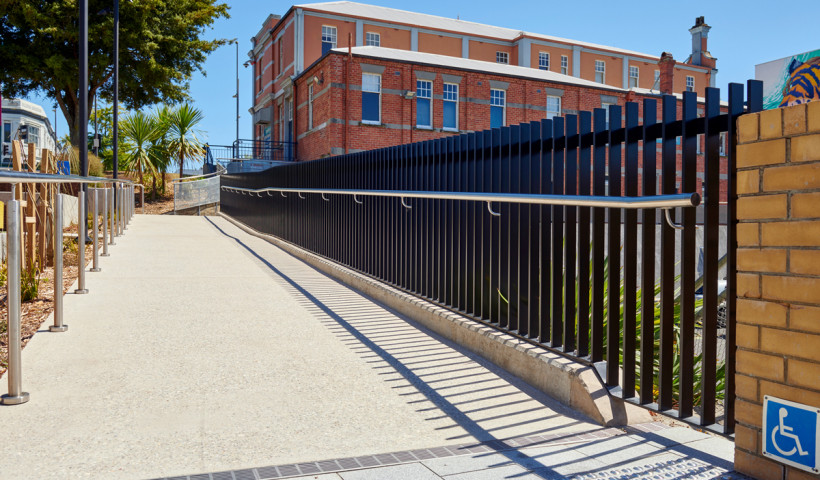
In 1917, everyone’s favourite theoretical physicist, Albert Einstein, established the theoretical foundations for the laser but it would be another four decades before American engineer and physicist, Theodore Maiman, successfully demonstrated the first functioning laser.
In the sixty years since, laser technology has been adapted into just about every facet of society from the humble barcode scanner through to tactical high-energy weapons. One area in which laser technology has produced wide-ranging benefits, is in 3D object scanning, especially in the construction sector.
Spatial scanning in this manner is a game-changer. 3D scanning has allowed Unex to greatly increase their offering to clients, as well as pass on a number of efficiencies to them.
3D scanning: focused on the future
Unex utilised 3D scanning technology on the Nixon Central building in Kingsland, Auckland, scanning the building’s stairwells and balconies in order to provide balustrading.
Unex purchased their own Focus S 70 laser scanner from Faro last year after having leased one for a little over a year — and they have been offering a 3D scanning service in conjunction with their product range since mid-2019. The beauty of having their own machine means they can offer their clients an expedited service without being tied to someone else's schedule. Also, there were additional costs that came from leasing that they had to pass on; now they don't have to do that.
The scanning unit, which is about twice the size of a school lunch box, has a 360-degree rotating laser and bounces a laser beam off a series of orbs, which have been set up throughout the building at strategic points, creating an outline matrix. From this, they're able to build a 3D digital blueprint that can be used for further reference.'
3D scanning typically takes between half a day to a full day versus a week-plus for manual measuring. The Nixon Central apartment building included a 10-flight staircase and the system scanned the entire structure with an extremely accurate tolerance of plus-or-minus 1mm over 10m.
As well as being an expeditious way of measuring buildings for balustrading, another of the system’s benefits is its relatively small size and portability.
Comprising a series of small, separate units, the system is simple to set up; is less intrusive — meaning other trades can continue carrying out their responsibilities at the same time; produces no noise, allowing the actual scanning to be carried out at any time, day or night; requires only one to two people to operate; and, can be easily transported from site to site around the country.
From 3D scan to fabrication
Once completed, it takes around two hours to process the scan and produce the 3D blueprint, at which point the Unex team can begin the design process before moving the specs on for fabrication of the chosen balustrades.
One of the advantages of the system is that it is incredibly versatile in that it allows Unex to tailor the scanned measurements to any of their balustrading styles. By simply adjusting the measurements to the individual specifications of each style they can digitally measure how much material is needed, making it a cost-effective solution.
The team at Unex is always looking at ways of reducing wastage, even when using fully recyclable materials such as aluminium, and this system results in very little materials wastage; generally below 10% and as low as 2% on some jobs.
Similarly, the minute accuracy of 3D scanning means most, if not all, of the usual onsite installation adjustments are a thing of the past. Minor refinements can be made onsite if needed, however, installation is usually the only onsite requirement, greatly speeding up this process. Clients can reap the rewards of gains in efficiencies through accurate fabrication and reduced installation times/costs.
Unex would love to talk with architects and architectural designers at the specification stage — 3D scanning is a great service for architects/designers to pitch to their clients as a means of speeding up the construction process. It’s also ideal for use by quantity surveyors as it is very cost effective, while project managers stand to gain with accuracy of install.
Learn more about how your next project can benefit from greater efficiencies through utilising 3D scanning technology — watch this latest video from Unex on its 3D Scanning capability.













 Case Studies
Case Studies








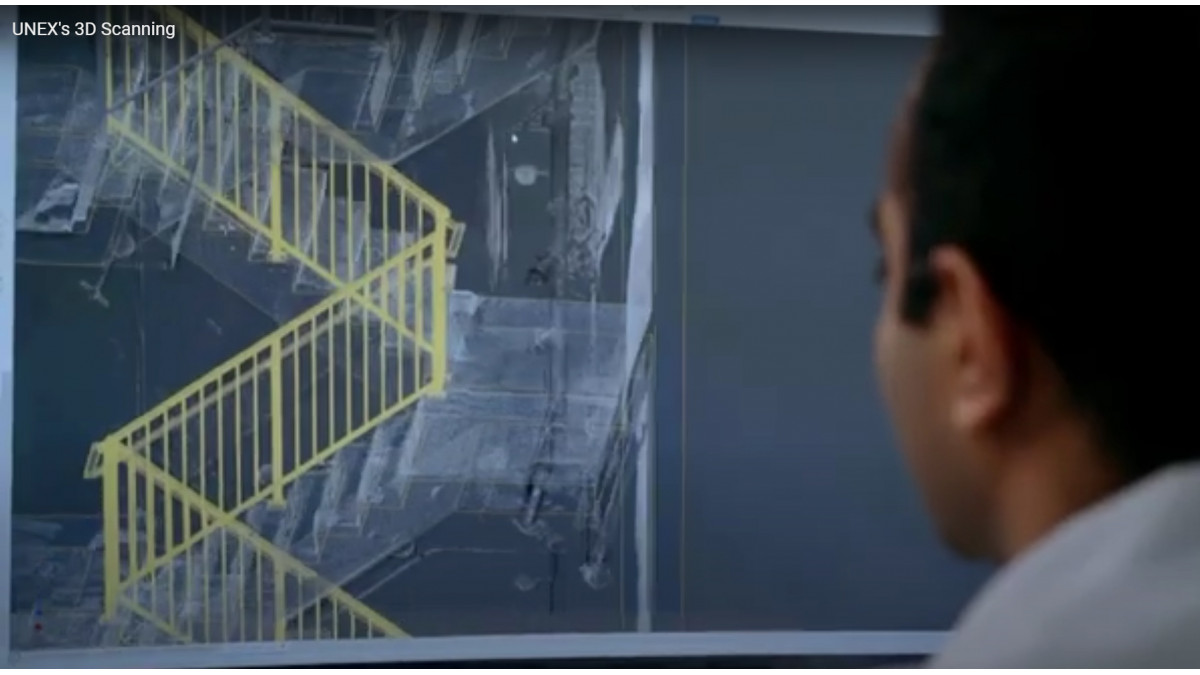
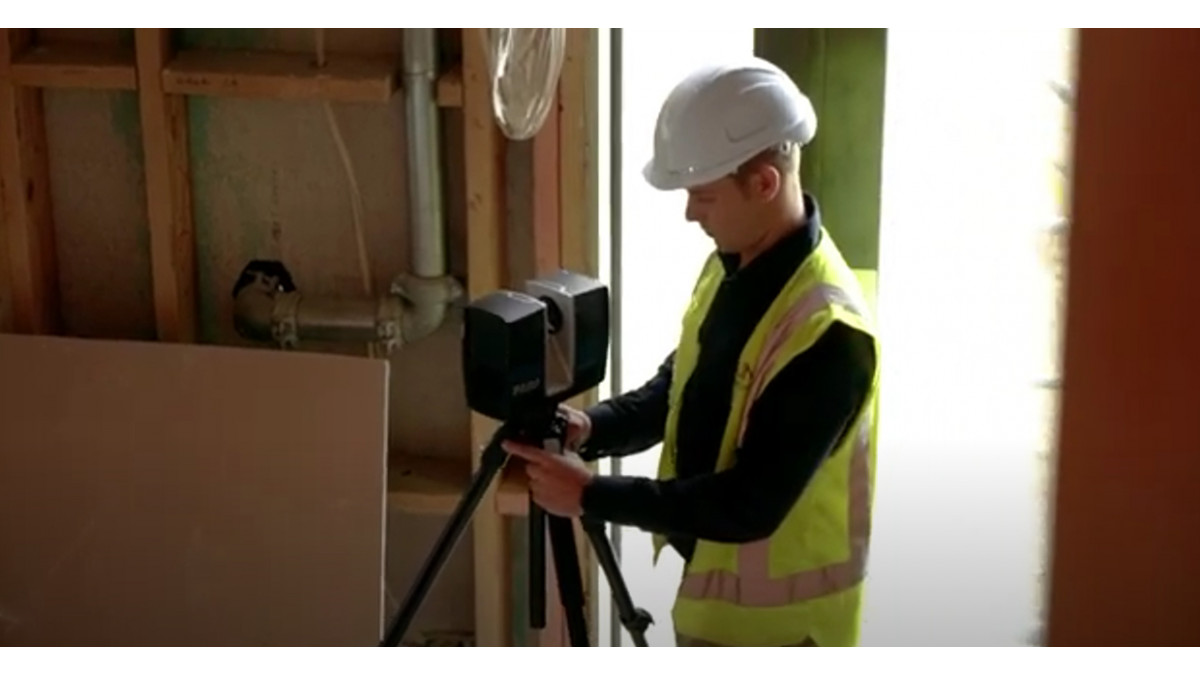


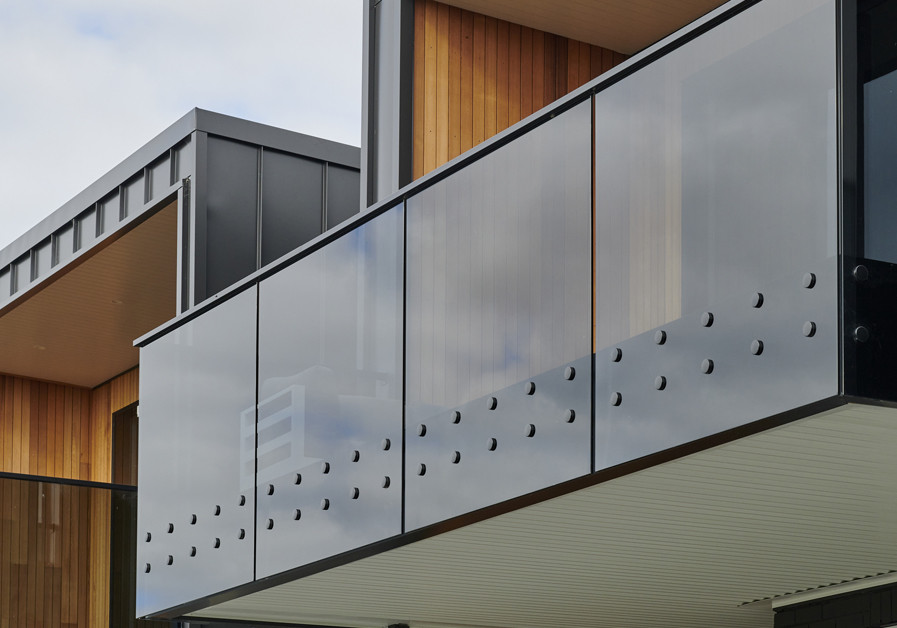
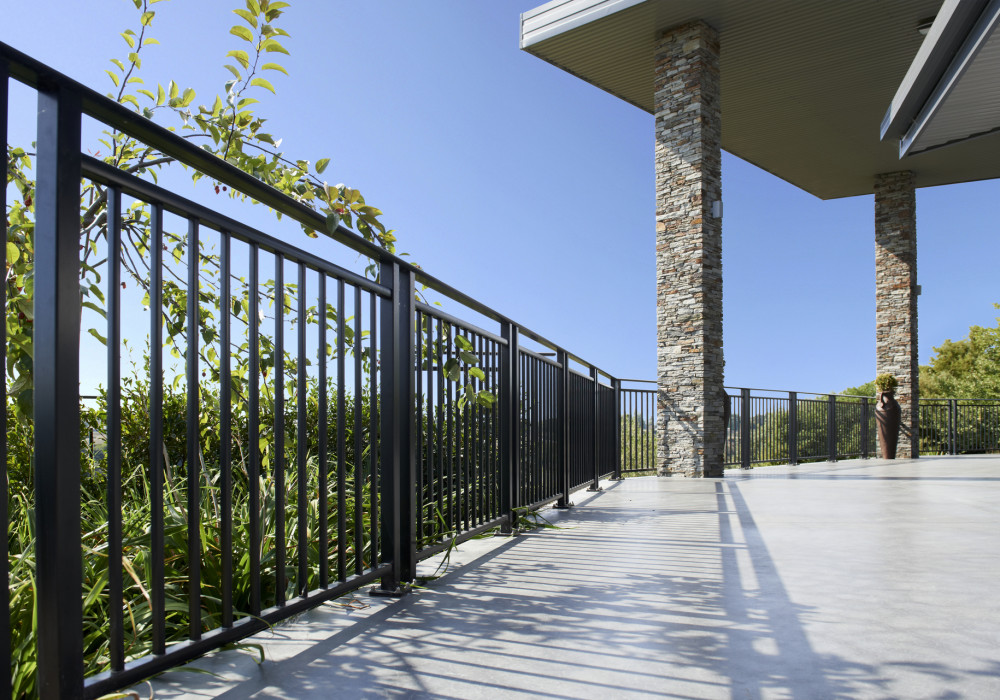

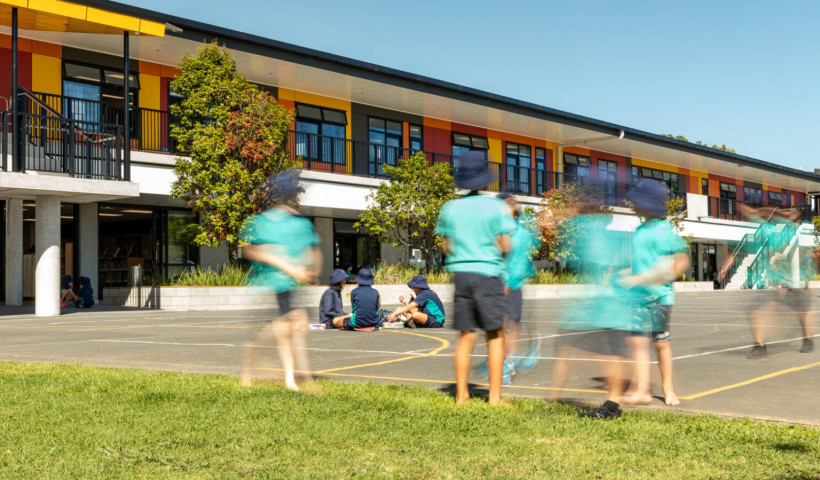
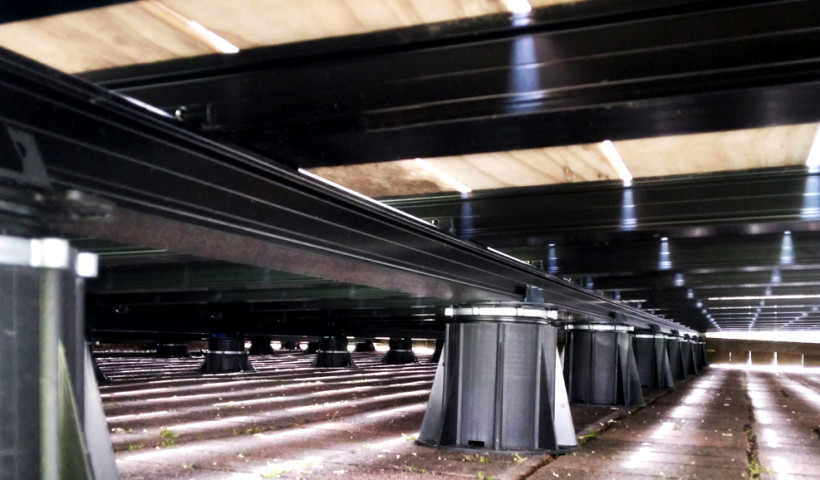
 Popular Products from Unex Systems
Popular Products from Unex Systems


 Most Popular
Most Popular


 Popular Blog Posts
Popular Blog Posts